The great Sphinx History
The Great Sphinx of Giza is a colossal 4,500-year-old limestone statue located close to the Great Pyramid in Giza, Egypt. Measuring 73 meters long and 20 meters high, the Great Sphinx is one of the world’s biggest monuments. It is also one of the most distinguishable artifacts of the ancient Egyptians, though the origins and history of the gigantic structure are still argued.
Sphinx is a legendary creature with the head of a human, a falcon, a cat, or a sheep and the body of a lion with the wings of an eagle.
In Greek tradition, the sphinx has the head of a woman, the haunches of a lion, and the wings of a bird. She is mythicized as dangerous and cruel and will kill and devour those who cannot answer her riddle. This fatal version of a sphinx appears in the myth and drama of Oedipus. Unlike the Greek sphinx, which was a woman, the Egyptian sphinx is typically shown as a man (an androsphinx). Furthermore, the Egyptian sphinx was seen as benevolent but having a fierce capability alike to the hostile Greek version. Both were perceived to be guardians and regularly flank the entrances to temples.
In European decorative art, the sphinx enjoyed a great comeback during the Renaissance. Later, the sphinx image, firstly very similar to the initial Ancient Egyptian concept, was exported into many other cultures, although they’re often explained quite differently due to translations of descriptions of the originals and through the evolution of the concept in connection to other cultural traditions.
Sphinx illustrations are generally linked with architectural structures for instance royal tombs or religious temples.
Among the Egyptians, sphinxes were placed at the entrance of the temples to guard their mysteries, by warning those who penetrated within that they should conceal a knowledge of them from the uninitiated. Champollion said that the sphinx became successively the symbol of each of the gods. The placement of the sphinxes expressed the idea that all the gods were hidden from the people, and that the knowledge of them, guarded in the sanctuaries, was revealed to initiates only.
How old is the Sphinx really?
The most frequent and widely recognized theory about the Great Sphinx proposes that the statue was erected for the Pharaoh Khafre (about 2603-2578 B.C.).
Hieroglyphic written words suggest Khafre’s father, Pharaoh Khufu, built the Great Pyramid, the oldest and largest of the three pyramids in Giza. When he became Pharaoh, Khafre erected his own pyramid next to his father’s; though Khafre’s pyramid is 10 feet shorter than the Great Pyramid, it is bordering by a more elaborate complex that includes the Great Sphinx and other statues.
Leftovers of red pigments on the face of the Sphinx propose the statue may have been painted.
Bearing in mind that the arrangement of the pyramids and the Sphinx, some scholars are convinced that there may have been a celestial motive to the Great Sphinx and temple complex, that is, to revive the soul of the pharaoh (Khafre) by conveying the power of the sun and other gods.
The answer to the riddle of the Sphinx
During his great journey, Oedipus came upon the town of Thebes, he found the great Sphinx, there the Sphinx sat in front of Thebes and asked a riddle of everyone who tried to enter the city. If you could answer the riddle, the Sphinx let you go, but if you could not answer the riddle, then the Sphinx ate you! Nobody ever knew the answer. This was the Sphinx’s riddle:
What goes on four feet in the morning, two feet at noon, and three feet in the evening?
Answer: a person: A person as a baby in the morning of their life crawls on four feet (hands and knees), as an adult in the noon of their life, they walk on two feet but when they are old, in the evening of their life, they walk with a cane (on three feet)
When Oedipus answered the riddle correctly, the Sphinx was so upset that she fainted and Oedipus went on into Thebes. When he got there, the Thebans were very upset because somebody had killed their king, Laius. But they were happy to hear that Oedipus had figured out the riddle of the Sphinx. So, they made Oedipus their new king.
Great Sphinx Restoration
The Great Sphinx had been forgotten again. Its body suffered from erosion and its face became disfigured by time as well. Although some stories say Napoleon‘s troops shot off the statue’s nose with a cannon when they came to Egypt in 1798, 18th-century drawings show that the nose went missing long before then. More likely, the nose was deliberately wrecked by a Sufi Muslim in the 15th century to protest idolatry. Part of the Sphinx’s royal cobra emblem from its headdress and sacred beard has also broken off, the latter of which is now exhibited in the British Museum.
The Sphinx was actually covered in sand up to its shoulders until the early 1800s when a Genoese adventurer named Capt. Giovanni Battista Caviglia tried (and ultimately failed) to unearth the statue with a team of 160 men.
Mariette managed to clear some of the sand from around the sculpture and Baraize made another large uncovering push in the 19th and 20th centuries. But it wasn’t until the late 1930s that Egyptian archaeologist Selim Hassan was able to eventually free the creature from its sandy tomb.
Today, the Sphinx is continuing to decay thanks to the wind, humidity, and pollution. Redevelopment efforts have been in progress since the mid-1900s, some of which failed and eventually caused more harm to the Sphinx.
In 2007, authorities found out that the local water table under the statue was rising due to sewage being dumped in a nearby canal. The moisture eventually spread through the porous limestone of the structure, causing the rock to decompose and break away in large flakes in some cases. Authorities installed pumps near the Great Sphinx, redirecting the groundwater and saving the relic from further harm.


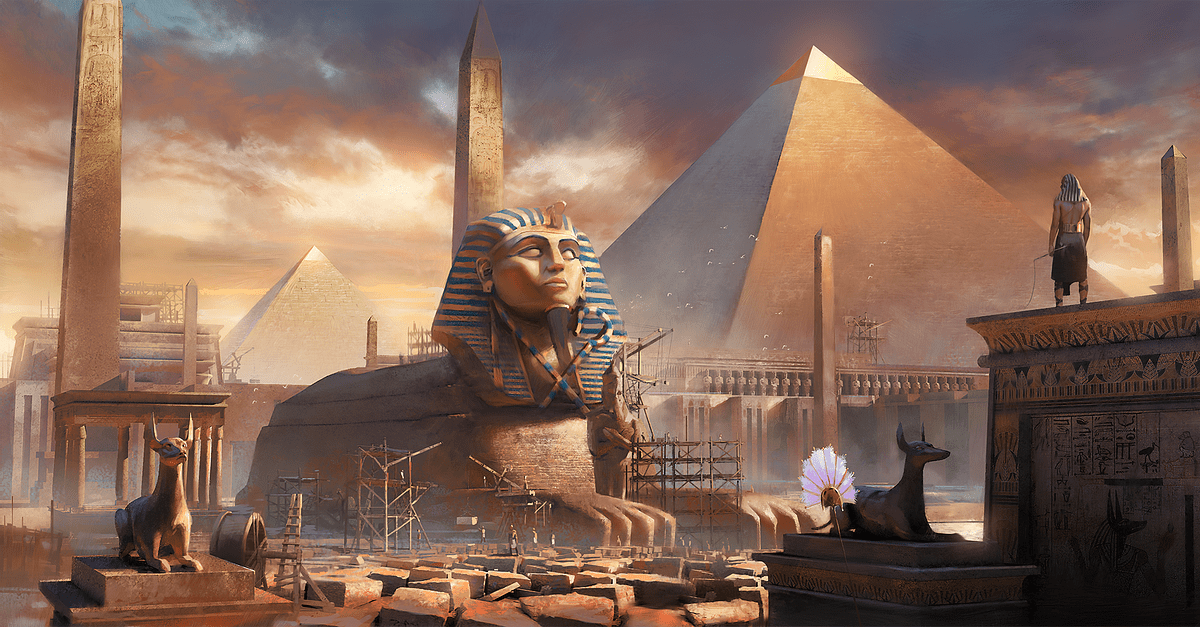
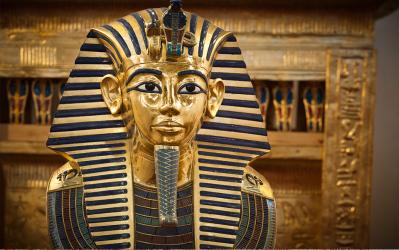
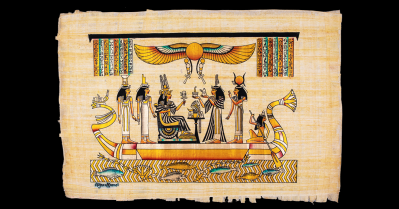
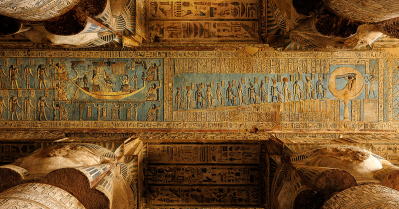
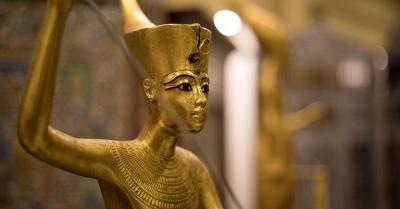
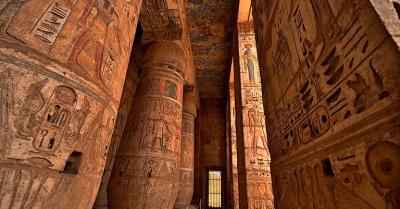
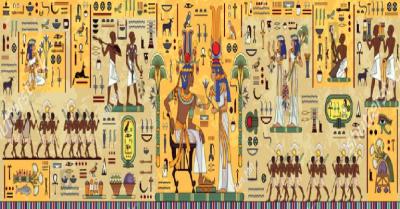
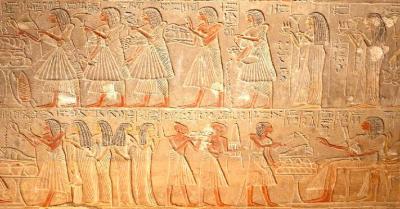
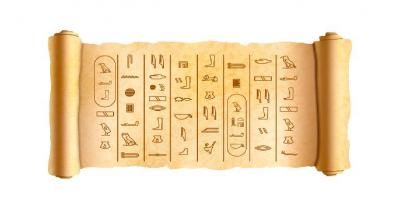

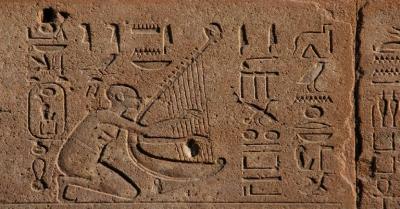

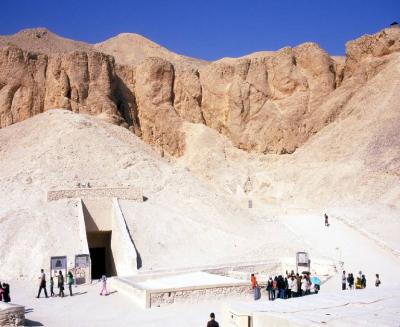
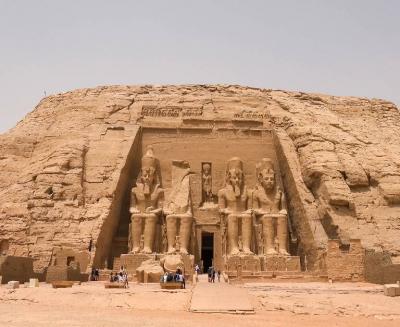
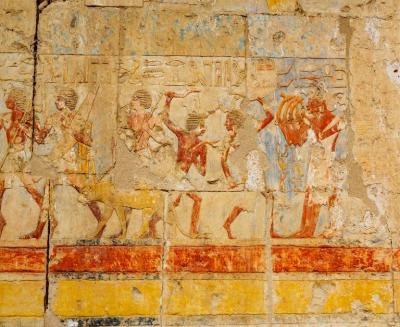
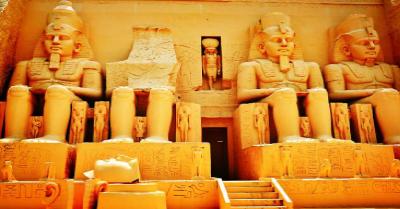
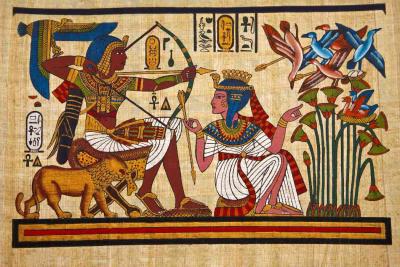
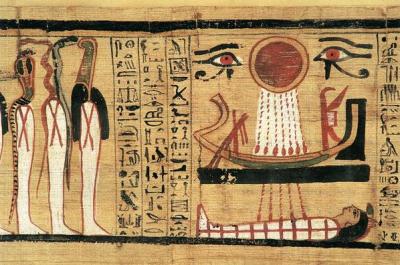
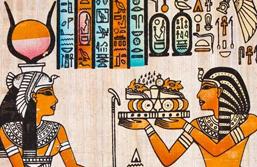
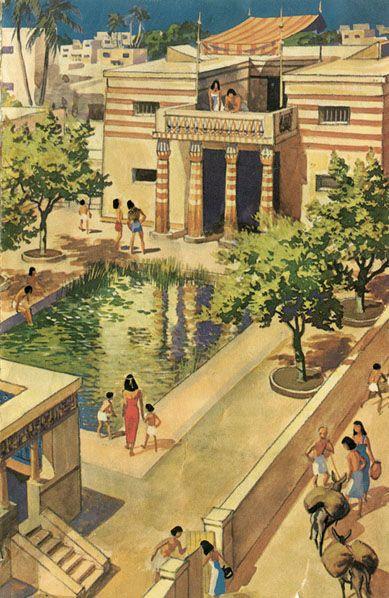
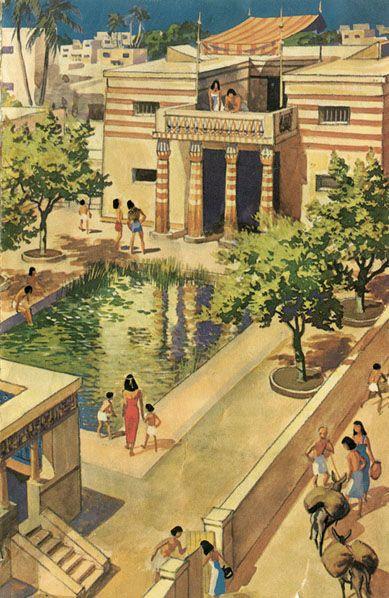
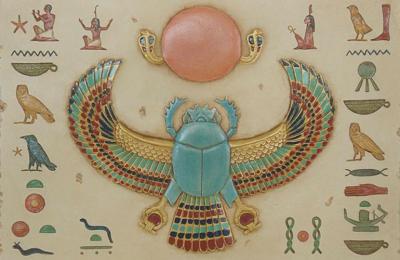
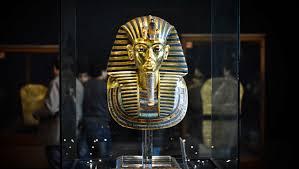
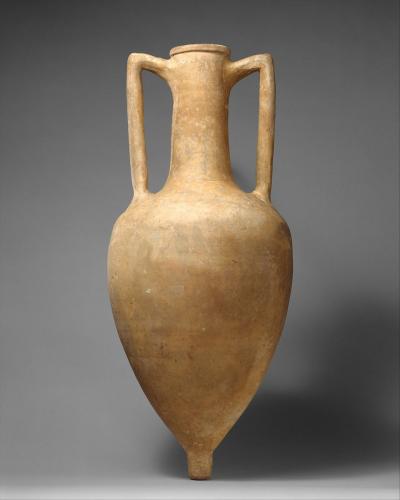
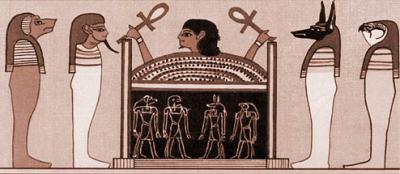
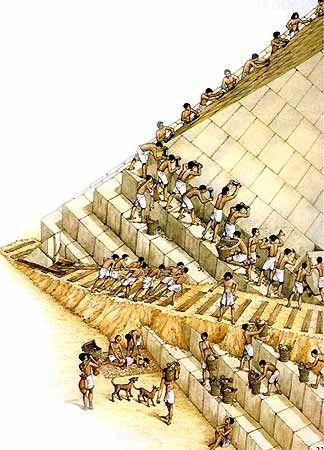

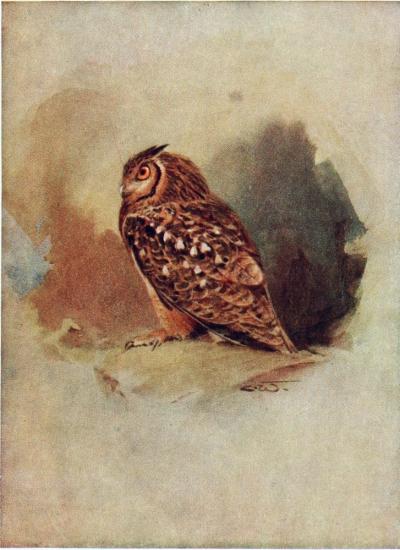
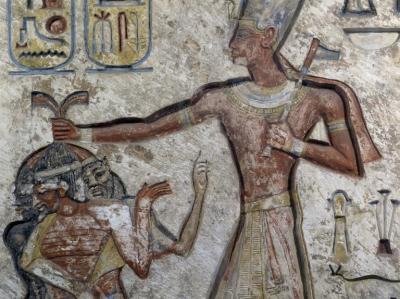
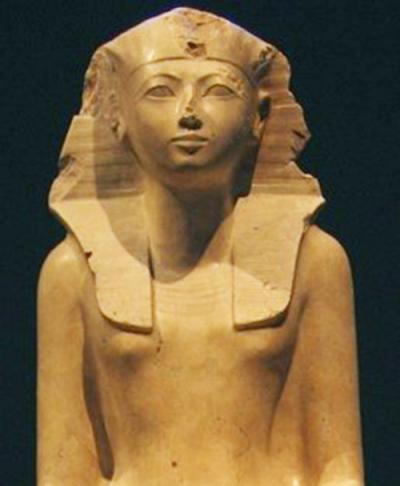




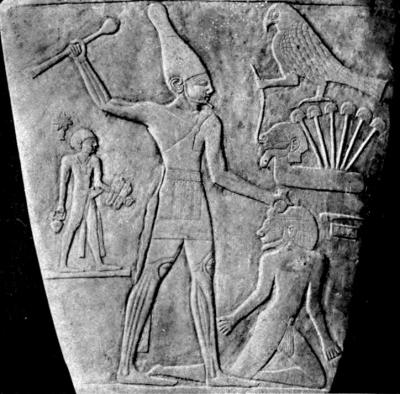








Comments